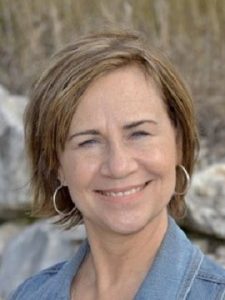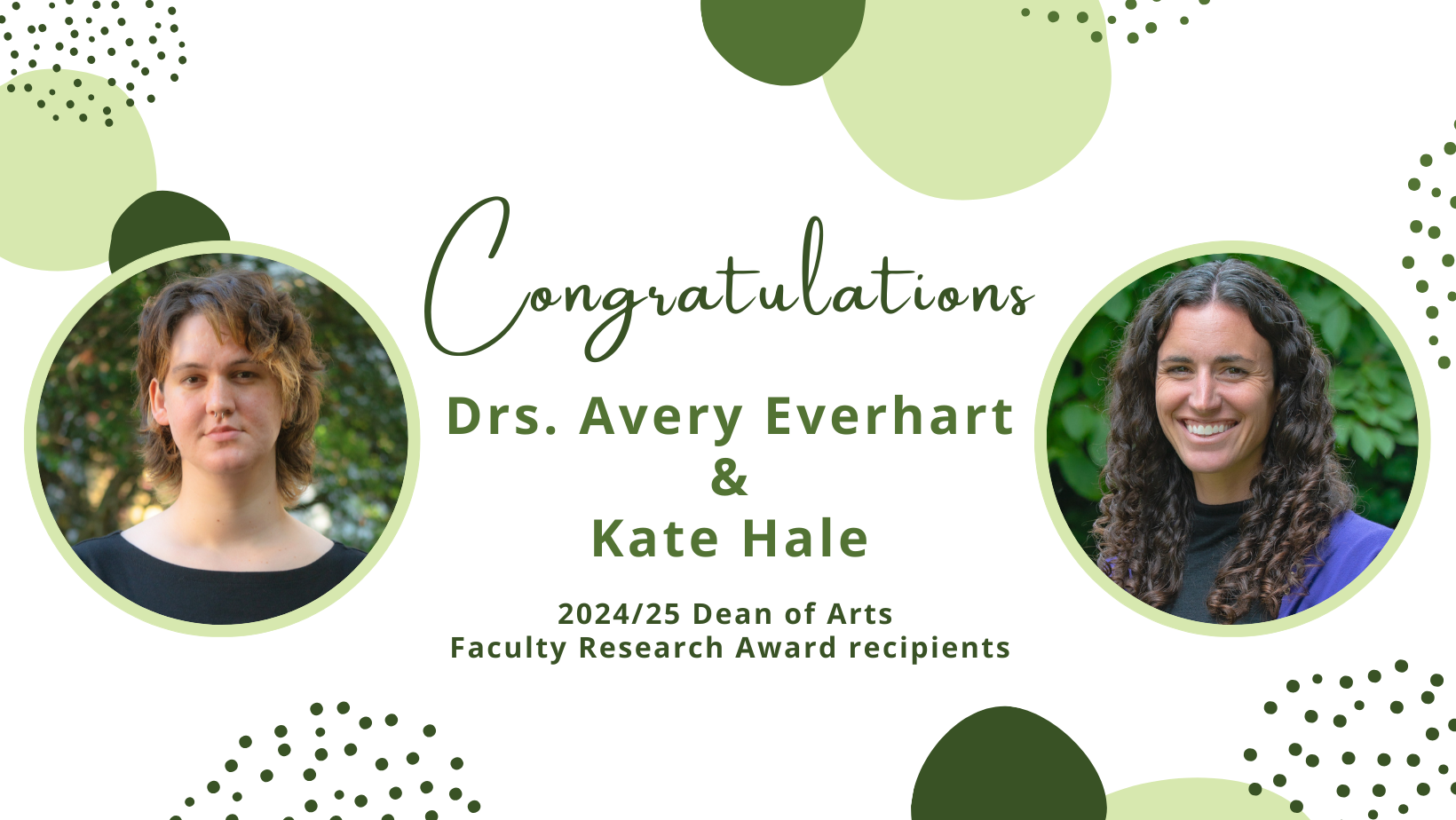

What is your current research topic?
At the moment I am working on a project that examines the ways in which US Border Patrol operations articulate with the mandates of land management in areas located on the southern border. Over 40% of lands on the US southern border are in protected areas, some are being managed for species protection, some of them are also national monuments and some are defense, but all of them have natural resource management and protection mandates. Since 1994, US border enforcement strategies have tried to focus all border crossers into what they call remote areas, and that means they are pushing them into protected areas. This is because they [the Border Patrol] frame the landscape as a natural barrier to deter migrants. I started out being interested in how these different mandates articulate but I am really interested in what happens on the ground in relation to non-human beings and how they get caught up in this process. Some of the questions that I want to address include: what happens to humans who get pushed into these areas? What does this boundary enforcement strategy tell us about much more abstract ontological imaginaries of the human and non-human? Who counts as human? How do non-humans count or not count as beings?
How do you think your work speaks specifically to geography versus something like anthropology, where your work can also be situated?
Having done my Master’s degree in anthropology, that was an initial interest of mine; but what I realized, after taking a class in cultural ecology in grad school, is that my primary interest was the relationship between humans and non-humans, or humans and nature. And so when I look back at what I liked about the classic ethnographies that we had to read in doing an anthropology masters degree, I was fascinated by, for example, The Nuer [dated 1940], which is a classic ethnography [by E. E. Evans-Pritchard]- it was all about people and their cattle. Or, that’s what drew my attention. Not the people and the people. So I think of anthropology as people’s relationship to people, although they do now more consider species [as in multi-species ethnography]. When I was being trained, species were talked about if they were important to the people, but it was how they were fitting into human relationships; it was not the relationship of the human to the non-human that was talked about. When I took my first cultural ecology class with Barbara Brower, I realized that this is what I’m really interested in, this intersection. And where I went to grad school, that intersection was very important as a site of geographical analysis. My teachers worked in the area of cultural ecology and at that time, political ecology was very politicized and they [the faculty at UT Austin] didn’t like the terminology, but we got a little bit of political ecology in there nonetheless. I think of geography as being about humans and relationships to landscape, however we categorize that landscape, whether it be the category of nature, the category of space, the category of place. We are interested in that relationship. That’s how I differentiate it myself from anthropology, and I realize that now I may have to relearn that, or rephrase it, or rethink it. But that has been my personal way of thinking about it.
Is there a benefit of having physical geography and a human geography be together in the same department?
I can speak from my experience about why I thought it was beneficial. I took classes with Bill (William) Doolittle and Karl Butzer. While they don’t count as “physical” geographers, they wouldn’t really situate themselves in the kind of human geography UBC has traditionally done. Karl Butzer was really part of creating the field of geo-archaeology. He was interested in soil cores and knowing the minute details about the landscape and the animals and their interactions with it. I was trained to think about colonialism in what we call Latin America through the lens of thinking very carefully about soil degradation and erosion, the effects of adding sheep and cattle to the landscape. In taking classes with Bill Doolittle I learned to think about farmers adaptations and ask questions such as: why do people pile up rocks? Why do they make fences? How do they deal with soils? How do they classify soils? You need to know soils in order to talk about how people classify soils. You can’t just come at it out of nowhere. You have to know the species they [farmers] are working with and how they interact. Those were the things that I was taught to think about and that fascinated me. How would I have learned that from taking a more traditional Human Geography class? I needed and wanted to learn those things. That doesn’t mean that when I wrote my dissertation I went into lengthy discussions of how local people in [northern] Guatemala managed soils, but I sure knew a lot about environmental history and their [people’s] relationship to the environment, because I had studied it.
Do you feel that it is important to have access to that (biophysical) knowledge because it prompts questions that would otherwise be non-existent? How can you think about the effects of something like soil erosion when you never thought to acknowledge it in the first place?
I think framing [the question] it in terms of having access is a good way of putting it. Not everybody wants that or has that interest, but for those people who might or could be sparked, all kinds of things can happen. But if no one is attempting to spark anything, then it can’t happen. I was lucky in that Doolittle and Butzer were not classified as physical geographers, but they drew strength from that training and brought it into their work. This is why for me, a PhD program that doesn’t require coursework is wrong. Because if I hadn’t taken those courses, I wouldn’t have encountered those ideas, I wouldn’t have been exposed to those things. Then when I went to teach, I at least knew something about how social and biophysical relationships are entangled in Guatemala [and elsewhere in the region] and I could then incorporate [that interest and knowledge] into my first year of teaching in Latin American studies.


